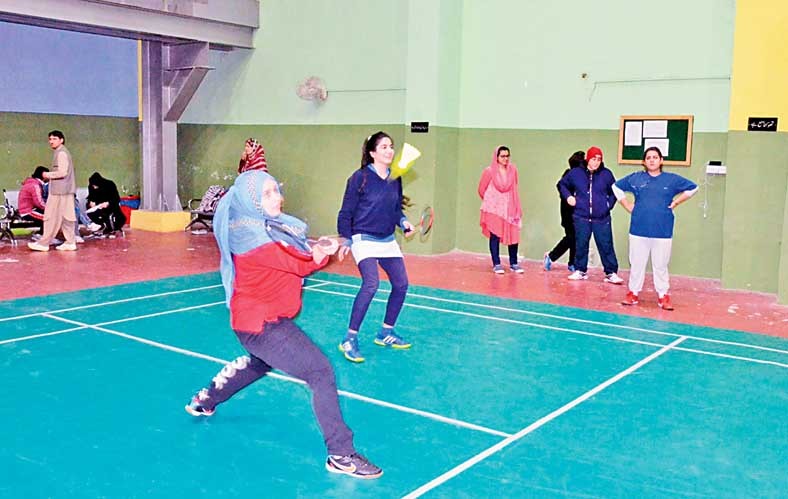
We must ask our policy makers about their plans for the physical and mental development of our next generation

Whenever we discuss different aspects of sports development with experts in Pakistan, the discourse ends in frustration because sports in Pakistan seems to be a lost cause due to scarcity of facilities, dirty politics and lack of government funding in the sector.
No doubt these factors contribute towards our poor international standing in the sports world but in this era of knowledge economy, it is not only the lack of facilities and finances but the know-how of various cross-cutting subjects that gives a cutting edge to international athletes and coaches who perform consistently at the global level.
One area in which a lot of research has been carried out is the brain sciences which explore how participation in sports supports the development of human brain and vice versa.
Before I dwell further on this complex and new subject, let’s acquaint ourselves with the major parts of brain and their functions. Brain is a complex machine, consisting of millions of neurons that can be divided into two main parts, the right and left hemisphere. The human brain has a limbic system, consisting of amygdala, thalamus and hippocampus. This limbic system is the seat of basic human emotions such as aggression, contentment and fear. Encasing the limbic system is a dominant gray matter cortex which processes higher human functions.
The part that forms our personality and gives us the ability to reason is the prefrontal cortex and frontal lobes of brain. Beside these vital parts there are four major compounds linked to our personality traits: serotonin, dopamine, testosterone and estrogen or oxytocin.
For better understanding the brain can be compared to the central processing unit of a supercomputer. Like any other organ of the body, the brain benefits from the cardio vascular exercise, deep sleep and balanced diet. The cardiovascular exercise helps in increasing the endorphins and cortisol in the blood that boost our muscles, joints and above all brain functions.
It has been noticed that exercise and sports help in release of serotonin that makes you more sociable, whereas dopamine makes you more creative, energetic and mentally flexible towards new ideas.
The release of testosterone through sports helps you become more assertive and tough-minded in certain situations and boosts decision-making process.
The very word of "play" is in fact derived from old English word Plegian, which means "to exercise". Jaak Pankseep, a neuro-scientist, identified play as the primary human drive and the source of joy, linked to the release of specific neuro-chemicals critical for the development of our social brain. These neuro-chemicals contribute to the growth and development of higher brain functions associated with frontal cortex.
Albert Einstein, when asked to describe his experience in developing the theory of relatively, attributed the entire experience to a physical sensation.
A closer look at our brain structure reveals the similarity of human brain to that of a dog, which is very loyal to his master as compared to his own clan. The dog doesn’t have a cortex, a veneer of civilization that helps in planning, superior reasoning and strategic thinking, as in case of humans.
British child specialist and psychoanalyst DW Winnicott in 1950s advocated a lot to adopt play as a way to accelerate the children’s learning process.
Unfortunately, as we grow old, we tend to forget to play. We must remember that games are necessary for physical as well as mental growth and are a source of energy for the prefrontal cortex. This in return nourishes our cognitive and memory functions.
It has been noticed that human brain has an innate quality to create a balance between risk and security. Sports strengthen this aspect of brain. British physician John Bowlby emphasised the importance of this innate quality that extends a secure base to brain from which people can strive towards their goals, take risks without unwarranted fears and freely explore new possibilities in life.
Leading organisations of the world like Google and Apple go out of the way to let their employees experiment and play, thus developing future leaders with diverse minds.
The same is now being practised in a few leading corporates of Pakistan such as Mari Petroleum and Engro.
Unfortunately sports in Pakistan, like health and education sectors, has been left to survive at its own. We have had some great sportspersons, but not through government planning. Our sportspersons get little guidance and coaching. Those responsible for developing the sports and education syllabus have no idea of using sports and games for developing superior, reasoning brains.
We must ask our policy makers about their plans for the physical and mental development of our next generations. We must ask them not to forget in investing in the development of future leaders.
sdfsports@gmail.com